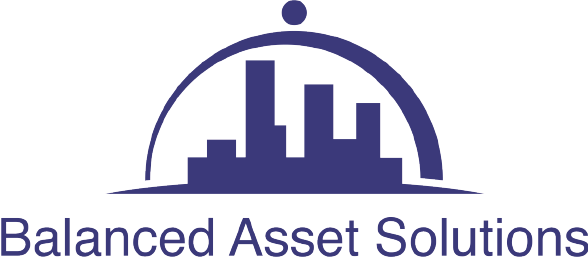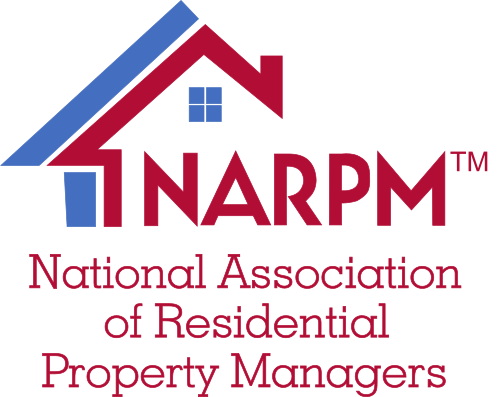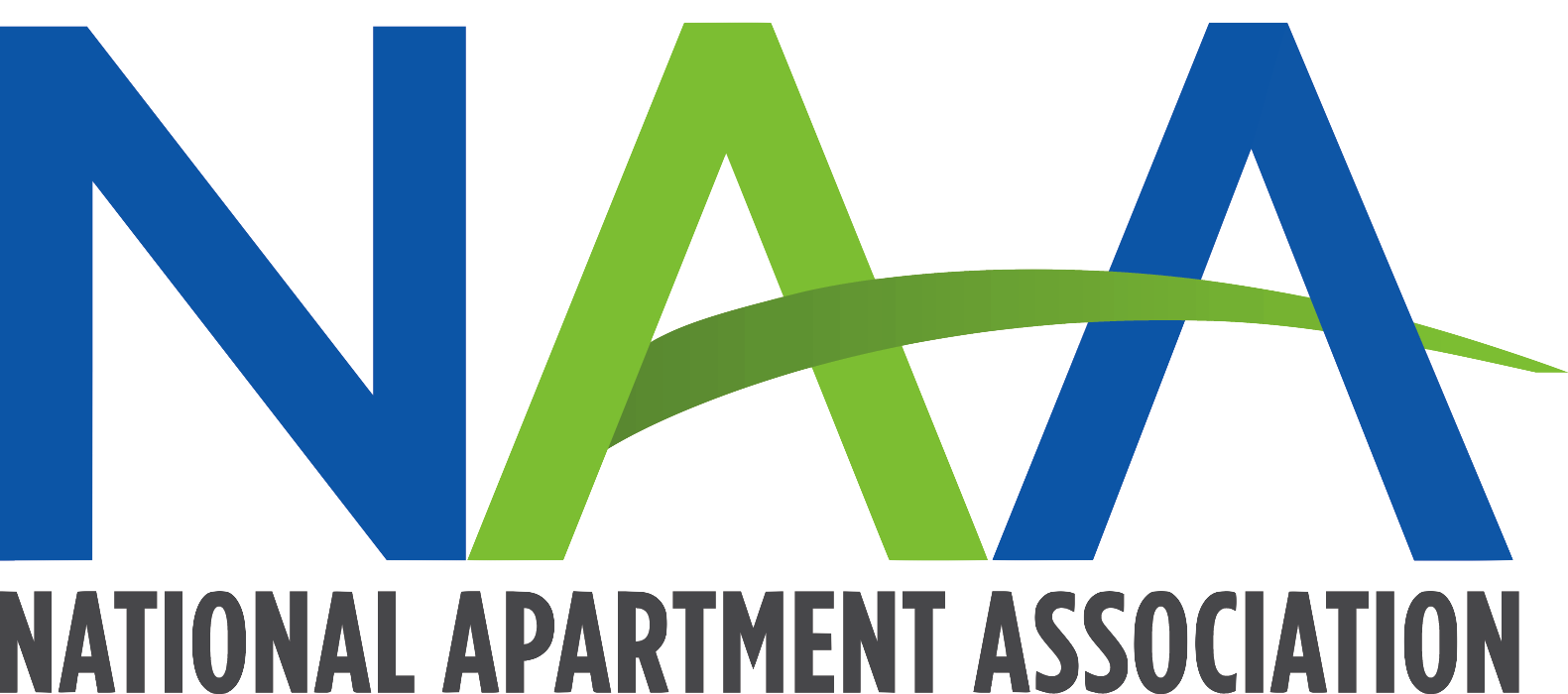Homeowners associations (HOAs) play a crucial role in maintaining property values and ensuring a quality living environment for residents. However, managing an HOA can be challenging, especially for self managed communities that may not have access to the same resources as professionally managed ones. This is where self managed HOA software comes into play, offering a comprehensive solution to streamline operations, improve communication, and manage finances efficiently. In this article, we’ll explore the benefits of self managed hoa software and how it can transform your community management.
Self Managed HOAs and the Need for Effective Software
Self managed HOAs, where the management tasks are carried out by the residents themselves, often face unique challenges. From financial management to community engagement, the responsibilities are vast and varied. Effective software tailored for self managed HOAs can alleviate many of these challenges by automating routine tasks, facilitating communication, and providing easy access to important documents and financial reports.
Key Features to Look for in HOA Software
When selecting HOA software, it’s essential to consider features that address the specific needs of self managed communities. These might include:
- Financial Management Tools: Budgeting, accounting, and financial reporting functionalities to keep track of dues, expenses, and financial health.
- Communication Platforms: Features that facilitate communication between board members and residents, such as email blasts, community forums, and notification systems.
- Document Management: A centralized repository for important documents, including CC&Rs, bylaws, meeting minutes, and financial reports.
- Maintenance and Work Order Management: Tools to track and manage maintenance requests and work orders efficiently.
Implementing HOA Management Software: Tips and Best Practices
Implementing new software can be a daunting task. However, with the right approach, the transition can be smooth and beneficial for the entire community. Here are some tips and best practices:
- Involve Key Stakeholders: Engage board members, residents, and other stakeholders in the decision-making process to ensure the selected software meets everyone’s needs.
- Provide Training: Offer comprehensive training sessions for users to become familiar with the software’s features and functionalities.
- Start Small: Begin with implementing one or two key features and gradually expand as users become more comfortable with the system.
Conclusion: The Future of self managed HOAs with Software Support
Self managed hoa software represents a significant step forward in community management, offering tools and features that can significantly reduce the administrative burden on board members and residents alike. By choosing the right software and implementing it effectively, self managed HOAs can enjoy improved efficiency, better communication, and a stronger sense of community.
For self managed HOAs looking to enhance their management practices, exploring software solutions designed specifically for their needs is a step in the right direction. With the right tools, self managed communities can not only meet their management challenges but also exceed the expectations of their residents, ensuring a vibrant, well-maintained, and harmonious community for years to come.




